June 5
Learning Objective: Today we will review the first 6 paragraphs from the reading and then we will continue learning if a star hotter than our sun can support life

Homework: On Thursday, you will have your final assessment of the year on the Astrobiology Magazine reading that we have been reviewing in class.
June 1
Learning Objective: Today we will review our assessments from yesterday to fill in any gaps in knowledge we still have. Afterwards, we will begin deconstructing a high-school level text in order to answer Essential Question #1.

Homework: You may file a Point Evaluation Sheet if you feel your answer on a question is justifiable.
May 31
Learning Objective: Today we will demonstrate our content mastery on how stars are classified according to the HR Diagram and their stellar evolution.
Homework: In the year 1006 AD, Holmgang was declared illegal in Iceland and the brightest supernova ever seen from Earth in recorded history was observed across the globe. Once you finish your assessment, please take the 10 minutes to read about 1006 AD supernova and if anybody is up for the challenge, pleasetell me what Holmgang is and how it relates to a supernova!
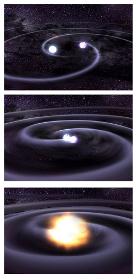
May 30
Learning Objective: Due to an unexpected trip to Centro, I will be postponing the assessment until tomorrow so you may take this day to complete your infographics or study. I will be back tomorrow for a regularly scheduled class.
May 29
Learning Objective: Today you will solidify your skills for reading the HR Diagram and understanding the evolution of stars based on their mass. Here is our agenda for the first half of the week.
Monday: Study or work on infographic
Tuesday: Assessment
Wednesday: Inforgraphic due and learn which class of Main Sequence stars are best for harboring life in the universe
Study Tips: You should be able to (1) read the HR Diagram (2) Know the content from the video, "Last Light Before Eternal Darkness" from May 25 and (3) Understand each stage of the stellar evolution for stars of different mass. I will be asking very specific questions. Here is a good resource...bad design, good info
May 26
Learning Objective: Today we will become content experts on a Main Sequence star and then create an infographic demonstrating its stellar evolution (life cycle)
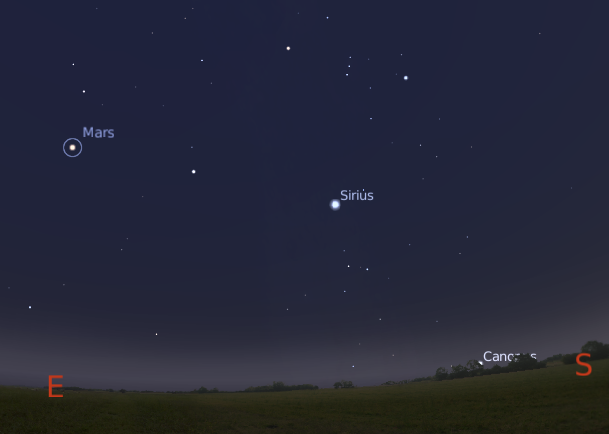
Homework: Enjoy the weekend. Wear sunscreen.
May 25
Learning Objective: Today we will continue to explore the HR Diagram and then learn more about white dwarfs and their ability to harbor life in the Universe. First, lets check out what our sky would look like if we replaced our sun with other stars
Homework: If you want, feel free to investigate why the first video we watched called Vega the "2nd most important star" after our own sun in the Milky Way
May 24
Learning Objective: Review the Essential Questions and after a brief diagnostic we will begin looking at how stars are classified. This will be important in answering Essential Question #1, "What type of star is needed for life to evolve."
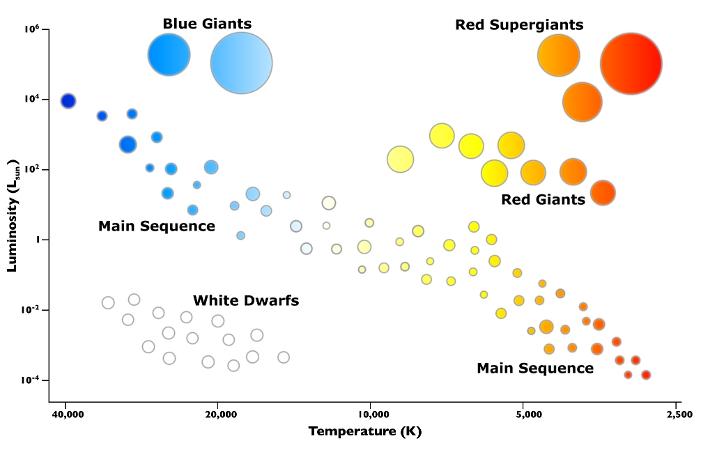
Homework: Feel free to watch this artist interpretation of a Supernova
1. What type of star is needed for life to evolve?
2. What types of elements are needed?
3. How did life evolve on planet Earth?
4. Is there extraterrestrial life?
Learning Objective: Today we will thoroughly review the Mission to Mars website of at least two other people using the Peer Review Protocol handed out.
Homework: Websites will be published and graded on Monday using the rubric shared in class today.
Learning Objective: This week we will be learn how to promote scientific concepts through a digital medium by making our Mission to Mars websites to be published.
Monday: Conduct independent research (continue Packing for Mars)
Tuesday: Work on Background Information page
Wednesday: Work on Major Challenges page
Thursday: Work on Research & Design page
Homework: Have rough draft of Google Site ready for peer review
Learning Objective: Today's focus will be on developing our scientific writing skills by effectively communicating what the Mission to Mars is and how our topic is critical for the success of the mission. I will be monitoring your progress.
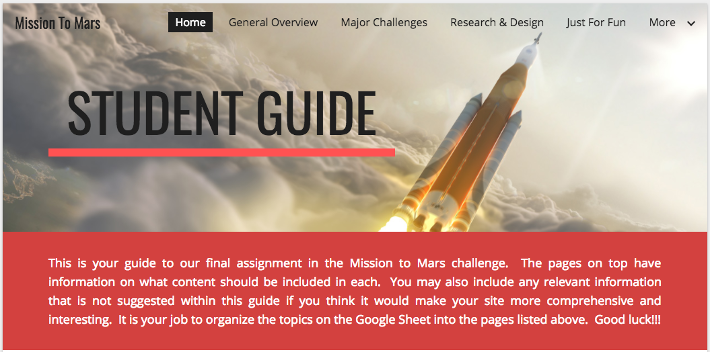
Homework: Have the General Overview completed by Monday.
Learning Objective: Today we will collaborate with our peers to share interesting information we learned yesterday. Afterwards, we will research AV content to help us visualize our topic (I have included links for Sanitation and Zero G).
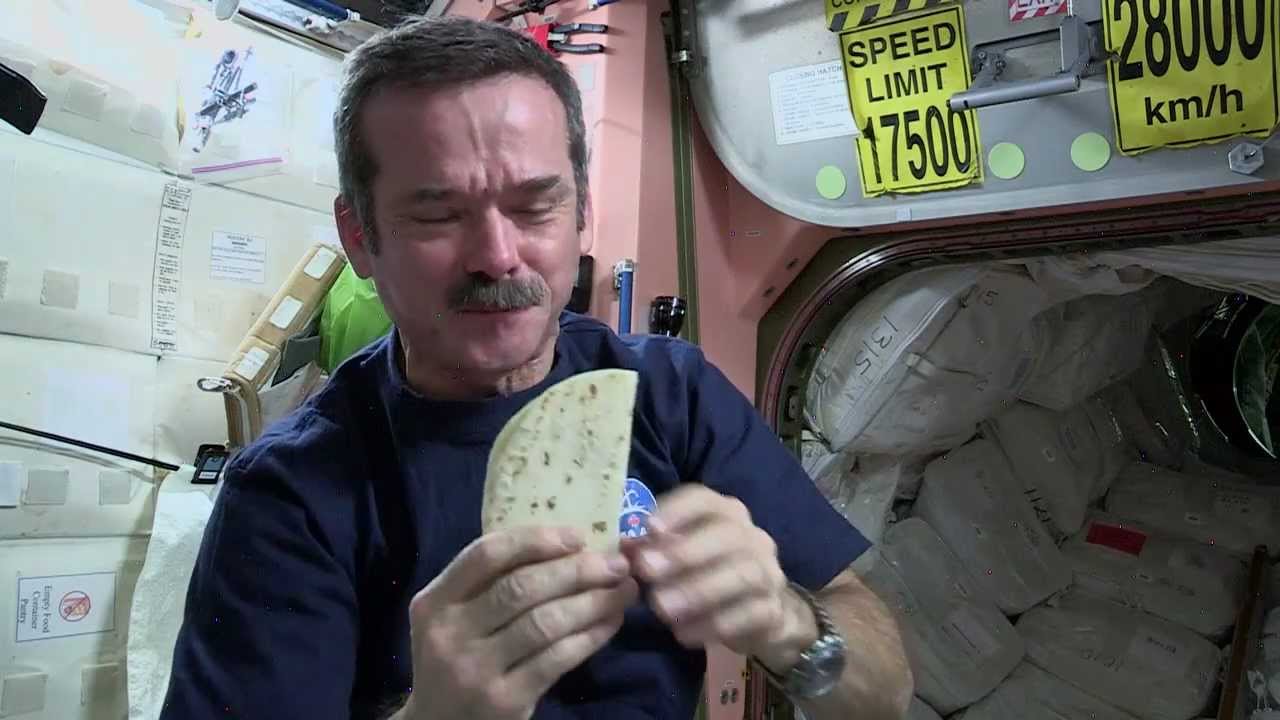
Homework: By the beginning of class tomorrow, be prepared to show your annotations for 1 chapter and the AV content you researched today. Have fun!
Learning Objective: Today we will start becoming on experts on the topic we selected. We will accomplish this by reading and annotating Packing for Mars.
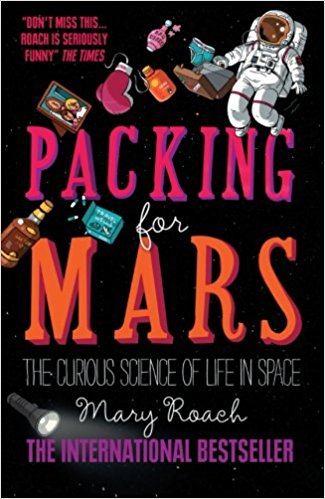
- Make sure to cite the pages of interesting information
- Annotate using your own words (paraphrasing)
- If you found something interesting, others will too!
- Don't know the word, look it up
- Can't understand the content, ask me.
Homework: Please read and annotate for another 20 minutes
Learning Objective: Today we will review our assessments from last week in order to fill in any knowledge gaps we may have. Afterwards, we will look at the rubric for our final Mission to Mars project. 8th grade will also have a special tab where they will demonstrate mastery of Ms. Jenn's note taking guidelines (see below)...
For the 8th grade, here is the link to my Google Site Template for this project
Homework: Revise short answers by tomorrow.
Learning Objective: Today we will assess of knowledge of evolution and genetics as it relates to our current unit. When/if you finish early please start on this task...
To qualify for a re-assessment on this topic, please make your own copy of the Martian Evolution slides for 7th grade and 8th grade and complete the last slide.
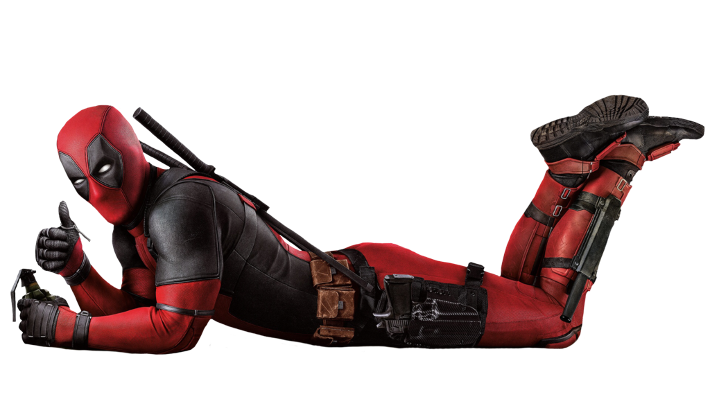
Homework: Making Connections (last slide) due tomorrow at the start of class.
Learning Objective: Today you will be given the opportunity to prepare for your assessment tomorrow on genetics and evolution. See the study references below
Homework: Prepare for assessment tomorrow
Learning Objective: Today we will continue looking at genetics to determine how populations change and migrate over time. The point of us learning about our genetic past is to see how we might change as a species moving forward in time.
Homework: Study for your assessment on Thursday. You can use this study guide as a reference for the assessment. The first link is about symbiosis is mandatory, the second on recombination is option (you will eventually need to learn it).
Learning Objective: Today we will discuss our Martian Evolution assignment and then a breif investigation of the genetic consequences of trying to colonize Mars.
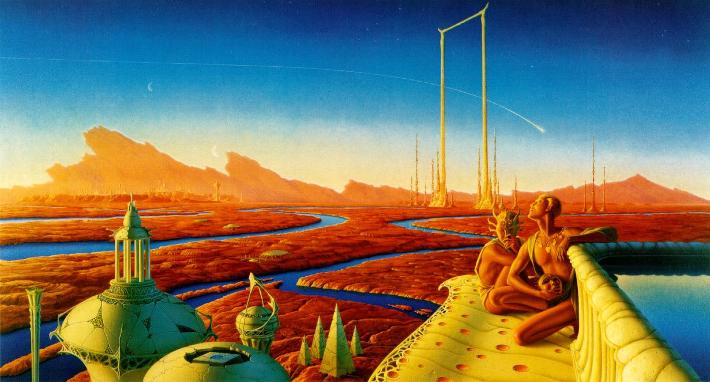
Homework: On Thursday, you will have an assessment on the material we cover in class regarding evolution and genetics.
Learning Objective: Today we will revisit or (Re)present Presentations on the SLS
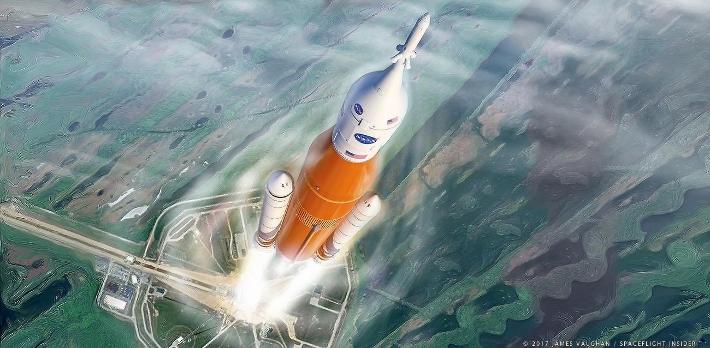
Homework: Martian Evolution handout due tomorrow at beginning of class.
Learning Objective: Today we will assess our knowledge of how microgravity affects bone density and visual acuity in astronauts. Afterwards, you will read this article and complete the handout titled Martian Evolution.
Homework: Martian Evolution handout due Thursday (beginning of class).
MAP TEST
Learning Objective: Today we will share out our (Re)present projects while those students that are in the audience will take notes for an upcoming assessment.
Homework: Make sure that you are prepared to share and that your presentation is rehearsed! Our quiz on bone density and visual acuity in space will be Tuesday!
Learning Objective: Today you will have the opportunity to study for our upcoming quiz on Thursday or finalize your (Re)present assignment. Please work diligently!
Learning Objective: Investigate some of the physiological changes that take place in microgravity and continue to (re)present general information on the Mission to Mars. The (re)presentations will be due on Wednesday at the beginning of class.
Learning Object: Today we will conduct the m&m Lab in order to understand population genetics (the study of genetic variation within populations). This will lead into our discussion about how populations of Martian colonizers might eventually become a different species, separate from their Earth bound relatives.
Homework: Have the lab questions completed by tomorrow
Learning Objective: Grade 7 will demonstrate their content mastery of Martian geology and geography. Grade 8 will begin their (Re)present challenge.
Homework: Try to bring m&m's for tomorrows lab
Learning Objective: Please take this period to reflect on the work you have done this quarter and then fill out the Student Led Conference Form that has been shared in your class Google Drive. Grade 7 has the option to study for their quiz tomorrow but regardless, the completed form is due next Monday!
Homework: Grade 7 quiz will be held tomorrow. Both grades 7 and 8, if you can please bring in 1 bag of regular chocolate m&m's by Wednesday for an activity (1 regular size bag per student).
Learning Objective: Each team will collaborate once more in order to complete the document "Omega 1 QCC" uploaded into Drive. These questions, comments, and concerns should be answered with as much detail as a single period allows for.
Homework: If you are in AASSA, work on your presentation. I will be available to help if you are in need of it.
Learning Objective: Teams will have one class period each to present their Biosphere 3 and the audience will ask clarifying questions in a respectful manner.
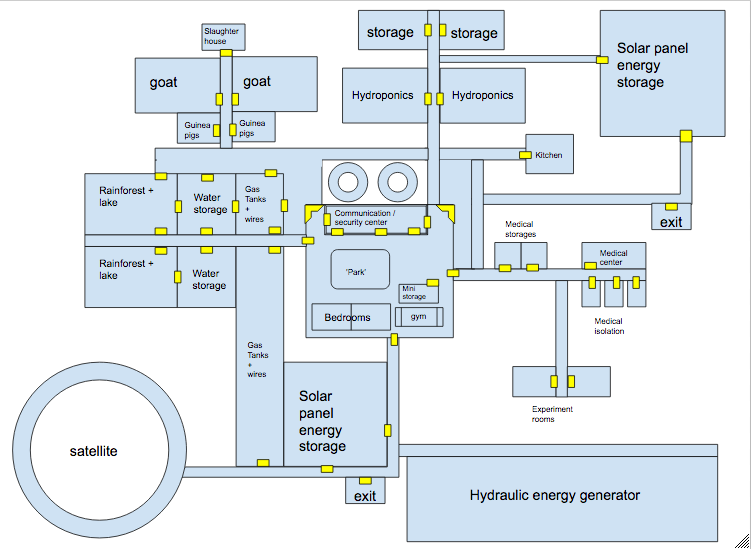
Homework: Make sure that your entireteam is prepared to present.
Learning Objective: It is your last day to conference with me about any remaining questions you have regarding your presentations. We will present tomorrow!
Homework: Make sure you are ready to present.
Learning Objective: Today we will peer review each others presentations using the protocol listed below. After we will read our feedback and make improvements
1. Alpha reviews Beta, Beta reviews Gamma, Gamma reviews Alpha
2. Delta reviews Epsilon, Epsilon reviews Zeta, Zeta reviews Delta
3. Review their Presentation Slides and add commentary if necessary
4. Review their Informational Slides and check the validity of their information, any points that you clarifying, or any questions you think Mr. Dan could follow up with.
Homework: Fill out the Google Doc "Martian Social Media Experiment"
Learning Objective: Following up on our electronic hiatus, we will learn about how Martian explorers will communicate with Earth and if internet is a possibility.
Question #1: How does the internet actually work?
Question #2: How does wireless (wifi) internet work?
Question #3: Can you have internet on Mars?
Homework: Continue making your final preparations for the Biosphere 3 presentation
Learning Objective: Today we will continue incorporating what we have learned about Martian ice and feedback loops to make Biosphere 3 more habitable.
Homework: Tonight at 8 pm, we are starting our 36 hour electronic hiatus to simulate conditions on Biosphere 3. Please adhere to the following rules...
1. At 8 pm, turn off all notifications for social media apps discussed in class
2. Use of electronics limited to family communication, alarms, and homework
3. At 8 am on Saturday, turn notifications back on and record how many were received on the Google Doc titled, "Social Media Record"
Learning Objective: Today we will look at the Martian cyrosphere to see how it can help us solve our issue of providing water for our bionauts in Biosphere 3
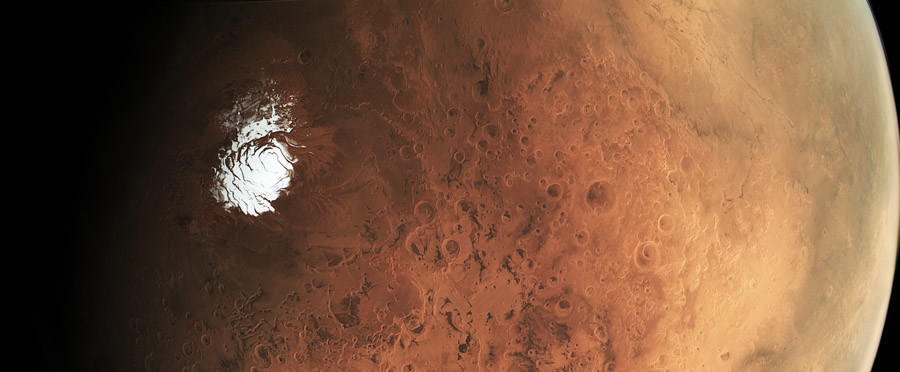
Homework: Continue your work on the Biosphere 3 project
Learning Objective: Today we will discuss the importance of feedback loops in regulating and stabilizing the environment and other complex systems. Click here to learn more about how feedback loops operate through this TED Ed video
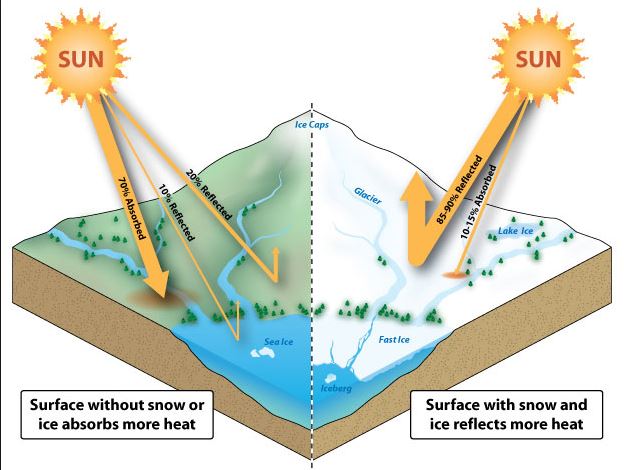
Homework: Determine one example of how a feedback loop will operate in Biosphere 3.
Learning Objective: Continue your research from Friday. Tomorrow you will be given the large blueprints for your final biosphere designs. The rubric that you will be graded on is the pdf attached below

|
Exemplars Science Rubric.pdf Size : 104.143 Kb Type : pdf |
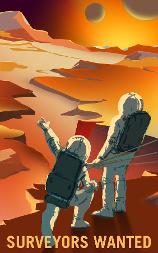
Homework: Work on Biosphere 3
Learning Objective: Conduct research that will allow us to finalize our blueprint designs for our Biosphere 3. Check the Google Drive for the research guide sheet.
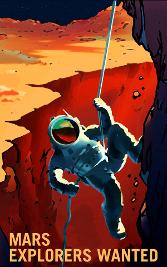
Homework: Enjoy your weekend and wear sunscreen.
Learning Objective: We will investigate the Biosphere 2 experiment and see what lessons we can take away from their findings and apply it to our own project.
Homework: Finish the Biosphere 2 reflection handed out in class.
Learning Objective: Today we will work in groups to design a biosphere that can support human habitation using our prior knowledge of the earth'sspheres
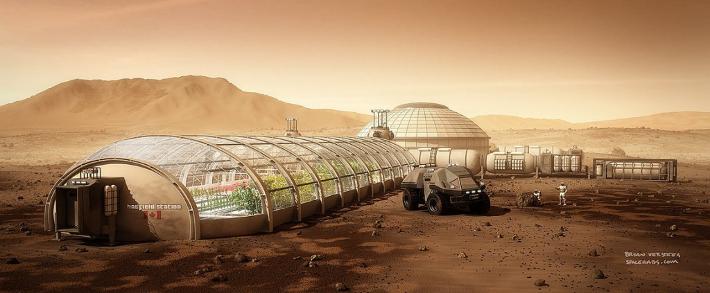
Homework: To be announced...
Learning Objective: Today we will provide feedback for the work some of our classmates are doing for the AASSA Conference and then we will review our own informational texts we wrote on sunburns using a protocol in the Google Drive.
Homework: Have your informational text edited if you want the full credit and I also found this awesome breakdown of the space launch that took us to the moon
Learning Objective: Today we will have the liberty to work on either our flag, flag description, and/or infographics. I will circulate to help on an individual basis
Homework: Flag description due at end of the school day tomorrow (2:30)
Learning Objective: Today will will try and finalize our infographics comparing Mars and Earth. This will be due on the Monday after the week of Carnival.
Homework: The Monday after Carnival your infographics and Martian flags are due. Also, make sure to wear sunscreen.
Learning Objective: Today we will assess our content mastery of how UV radiation affects human skin. The format will be an essay/letter written to a friend
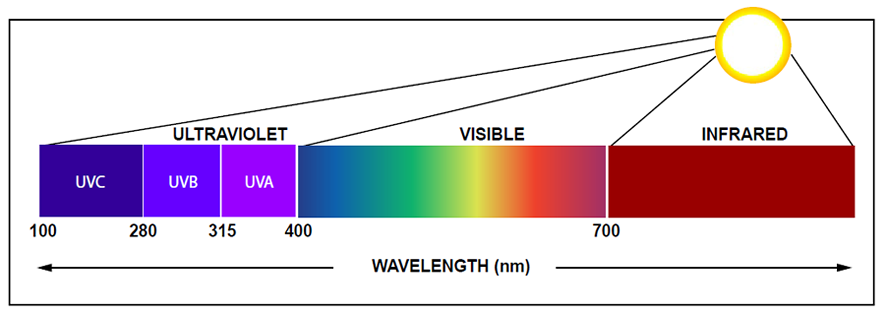
Homework: Continue to work on your infographic
Learning Objective: Today we will display the information we have collected in the form of an infographic. These will be put on display for the AASSA Conference
Click here for the infographic website. Save your infographic in your Google Drive
Homework: Make sure you have full comprehension of the sunburn article
Learning Objective: We will continue our research on the comparative analysis and also address a student question on why humans have different skin colors
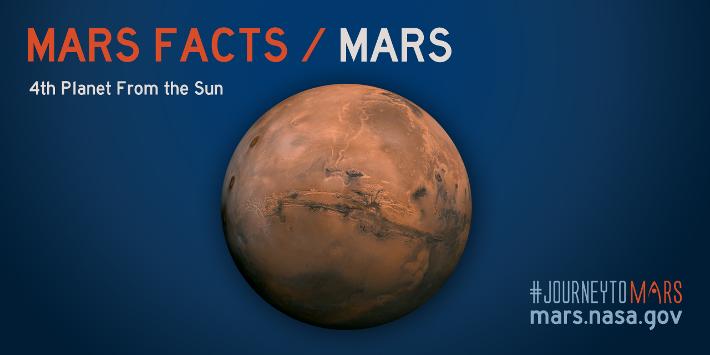
Homework: Please ask your parents if you will be present or absent on the week of Carnival and study the sunburn reading for an assessment on Thursday.
Learning Objective: Today we will compare Martian Systems with Earth Systems. There is a Google Doc titled Comparative Analysis of Planetary Systems that gives you the information that you will need to complete this research process. The end product will be an infographic demonstrating the similarities and differences.
Homework: Any test make-ups will be help Tuesday after school.
Learning Objective: Today we will assess our comprehsion of the manetosphere and the crysosphere. After that we will look at the biology behind a sunburn using A Timeline of Dermatological Destruction
Homework: Enjoy your weekend and wear sunscreen!!!
Learning Objective: We will conclude our tour of the earth's systems by investigating the importance of the magnetosphere.
Homework: Tomorrow we will have an assessment on the cryonics reading and the basic principles of the magnetosphere.
Learning Objective: As a precursor to our lesson tomorrow on the magnetosphere, today we will review the structure of DNA and the function of cell organelles.
Homework: Make sure that by Friday you have read the middle school level article from yesterday's class.
7th Grade: Tomorrow you will have a brief assessment on the major organelles of plant and animal cells in addition to the structure of DNA and how base pairing works. This is not punitive but rather an essential step to learning about why the magnetosphere is fundamentally important to our existence.
Learning Objective: Today we will conclude our discussion on the cryosphere and use the remaining time to do two of the following three options...
1. Continue finalizing your flags using research about Mars to inform design
2. Read this article introducing cryonics (written at a middle school level)
3. Read this article on why cryonics currently does not work (college level)
Homework: None
Learning Objective: How is the cryosphere being affected by the biosphere and what does this look like from the vantage point of those being directly affected?
Homework: Today's image gallery was from the National Geographic article, What The World Would Look Like If All The Ice Melted. Feel free to give this article a read if you would like to learn more.
Learning Objective: Demonstrate content mastery of the 4 major earth systems so we may progress on our Mission to Mars. If you finish early, please work on flag.
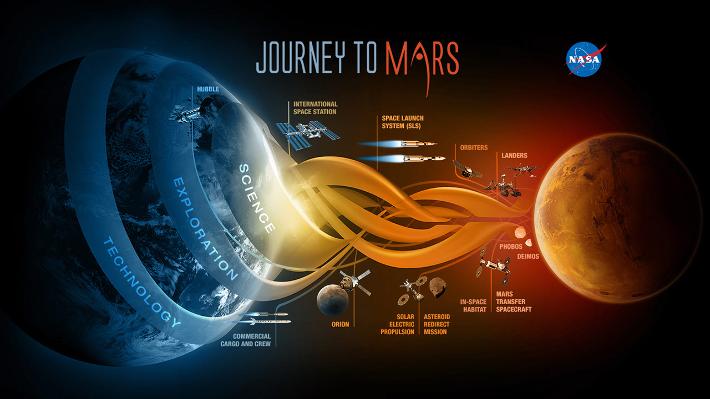
Homework: Enjoy your weekend and wear sunscreen
Learning Objective: Today you will work independently or in small groups in order to review what we have learned since the first day of this quarter. I recommend...
1. Reviewing the Atmosphere Design Lab
2. Understanding the concepts from Activity #1, Mission Log 02.02.17
3. Investigating this web page on the Wisconsin Glaciation
Homework: Prepare as needed for assessment tomorrow
Learning Objective: We will continue our investigation of the atmosphere. Please note that today we will be using the Atmosphere Density Lab posted yesterday
Homework: Assessment on Friday covering the atmosphere design lab and any reading posted on the website or via handout.
Learning Objective: Today we will learn about the significance of the atmosphere
Homework: Please take a few minutes to research the effects of CO2 poisoning
Learning Objective: Today we will break out into our groups and assess how our ESS (environmental science scenarios) affects the major spheres of the earth. We will follow the agenda posted below. I will circulate to help and keep the time...
Today's Time Schedule
Minutes 0 - 30: Background Research
Minutes 30 - 45: Description
Tomorrow: Random group share out
* I have made this into a Google Doc with the title ESS Event (02.06.17)
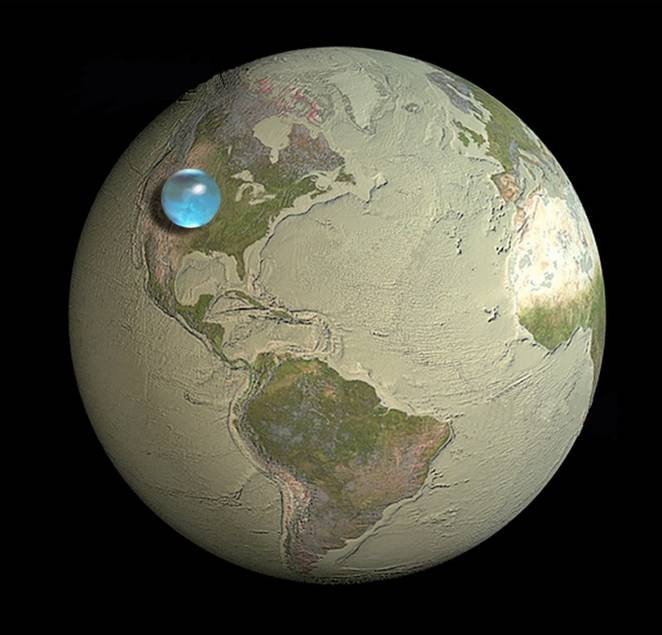
Homework: Make sure your group is prepared to share out tomorrow. Also, I will be checking Google Drive folders to make sure you have put all work from Semester 1 into a folder labeled Semester 1. At this time, you should have your Martian Flag (first name) and ESS Event (02.06.17) present and visible
Learning Objective: Today we will look at natural and man made events and see how the 4 major spheres interact in these events to reinforce yesterday's work.
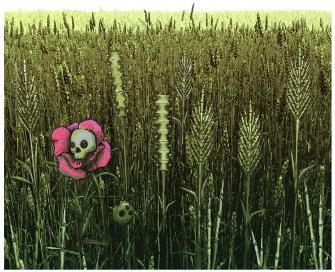
Homework (optional): The photo above is from a short article that answers the question, "Were Napoleon's dead soldiers sold as human fertilizer?" Interesting!
Learning Objective: Today we will learn about the four major Earth systems and how they interact with one another to produce the dynamic planet that we inhabit
Activity #1: Introduction to Earth's Systems (Informational Text)

Learning Objective: Review the essential questions for our upcoming unit, create new folders in our Google Drive, and then design a new official flag for Mars using Google Drawing. Please save your flag with the label, Martian Flag (first name)
Davi found a great NASA page with a visual guide to Mars for background info
The current (unofficial) flag is shown to the left. The meaning of the flag can be found at this website
Homework: Your flags will be due March 2nd and we will each share our design and then as a class we will vote on the flag that we will use and submit to NASA
This podcast episode of 99 % Invisible: Vexillonaire is a great design resource
1. How does Mars compare to Earth in terms of its major planetary systems?
2. What dangers to does Mars pose to humans from a physiological standpoint?
3. How do we design a biosphere for long term habitation on Mars?
4. What are the demands of space flight and living in space for an extended time?
5. Is Mars the best option for extraterrestrial human habitation?